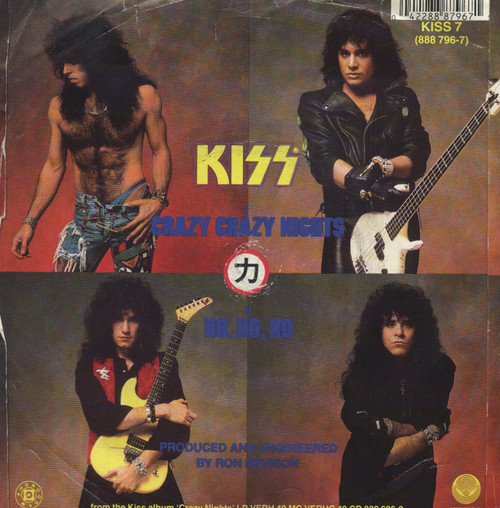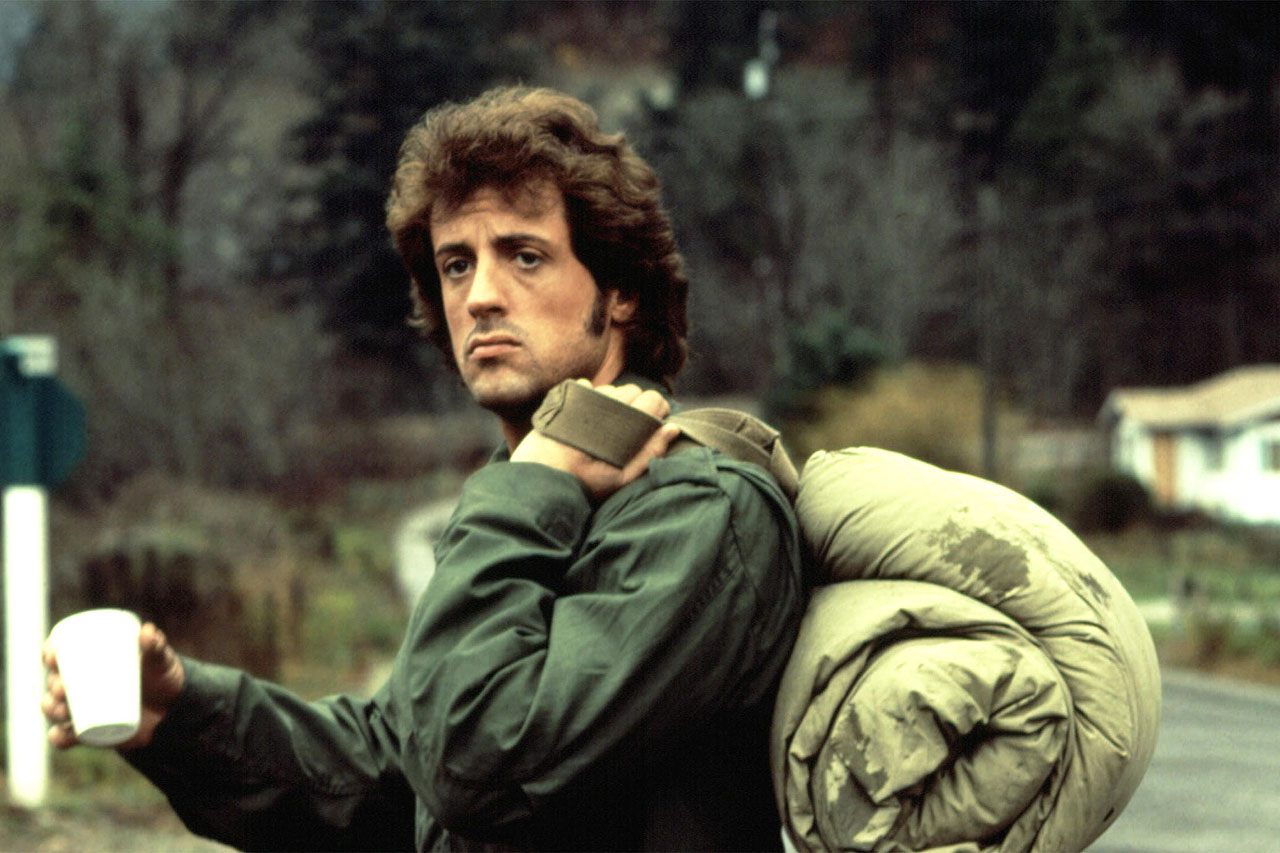Confession: I’ve got gaps in my philosophy, Horatio. I have a basic familiarity with the broad tenets of some of the major schools. I have read deeper in a few areas I have found interesting, including the major works of existentialism, and Marcus Aurelius’ Meditations and the foundations of stoicism. But when it comes to the classic works my cupboard is pretty lean.
Inspired by the Online Great Books podcast, I decided to pick up Plato’s Five Great Dialogues, a book that includes the classics The Republic and The Apology. I read portions of these in high school or thereabouts, as I remembered the allegory of the cave and a few other bits. Back then I lacked the life experiences to take much from it; today I have a whole different appreciation for what these books say, and mean, and still have to teach us, thousands of years after they were written.
I won’t even bother trying to summarize what thousands of scholars and historians have already done before me, and far better, but rather just offer up a few takeaways and observations that hit home for me, personally.
Reading Plato is a cold drink of water for the soul. His dialogues are a series of questions about what life is all about, including why we behave as we do, how to govern ourselves, and in general what makes for a meaningful existence. These are written in a dialectical style. Plato’s subject, Socrates, engages in dialogues with a series of interlocutors, probing deeper at common but unexplored understandings and surface assumptions until they eventually arrive at a deep level of truth, possibly the bottom. “The unexamined life is not worth living,” Socrates says. Amen.
Plato’s theory of forms makes the case that there are transcendent ideas—justice, temperance, etc.—that transcend the physical. These ideas cannot be explained by science and studied at some atomic/structural level. But they are no less real, and in fact are more important than material existence. Some might take this theory of forms for granted, but it’s a stunning revelation, the framework upon which the rest of the book hangs.
Socrates/Plato believe in the immortal soul. We can deduce the presence of a soul by its absence (i.e., by looking upon a dead body, and finding it inert). The soul is a therefore a form. Like an odd number, it is irreducible by the presence of an even number—an even number does not destroy an odd number; in the same manner, death cannot destroy the soul, it merely parts it from the physical body. I like this, for obvious reasons.
Wisdom and truth-seeking are the highest virtues of mankind. Not "happiness" or wealth-seeking or sensual luxury. Plato believes in the existence of absolute truth and absolute beauty. Subjectivity is a form of blindness when it comes to truth-seeking. This declaration flies in the face of identity politics, which posit that every culture is morally equivalent, and that everyone’s subjective internal monologue is “truth speaking” and sacrosanct. Yes, we all have opinions, and have the freedom to express them, but some are far more worthy than others. Those that seek out absolute truth and absolute beauty, and wisdom and temperance, and make them their north star, are fit to lead, according to Plato.
Plato believes that the best form of government is a ruling class of philosopher-kings. These are chosen not by birthright, but by innate ability, and forged and tempered with exceptional physical and mental education. Rulers must exhibit a soundness of mind and body, and a willingness to sacrifice, to not even own wealth, lest they fall prey to corruption and graft. This structure transcends oligarchy and monarchy, even democracy and other forms of governance subject to nepotism and corruption. This is not a caste system, however. Children of these rulers, if unfit, cannot serve; those from warrior or merchant classes can move up into this class if they demonstrate the same fitness. Many today recoil from this portion of Plato but it is a framework worth pondering (some in fact have made the case that Plato himself did not take this too seriously, but was using the opportunity to satirize the corruption of the Athenian city-state and take the piss out of it). Nevertheless, this declaration is FIRE: “Until philosophers are kings, or the kings and princes of this world have the spirit and power of philosophy, and political greatness and wisdom meet in one, and those commoner natures who pursue either to the exclusion of the other are compelled to stand aside, cities will never have rest from their evils—no, nor the human race, as I believe—and then only will this our State have a possibility of life and behold the light of day.”
Finally, there is heroism of the highest sort to be found in Plato. Socrates could have fled his execution, and in fact had ample opportunity to do so, but refused. He faces his death with equanimity and perfect clarity, because he has been condemned by his beloved city of Athens. To run would be to deny orderly society in favor of individual selfishness, and thereby debase himself. It’s so damned noble, exhibiting a degree of principle most will never fully comprehend, let alone live out. Yet this is what Plato encourages us to do, and what makes him worth reading today.











